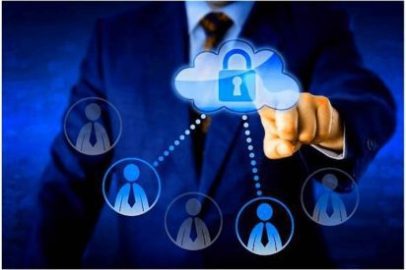Monitoring And Security In The Cloud

Today, there is no company whose IT environment is one-dimensional and easily manageable regardless of its size. Even with start-ups, the necessary equipment with applications and tools, with internal servers and storage devices and external services in one or more clouds, and with the services provided by partners grows with the size of the business. In such a situation, it becomes more and more critical for those responsible for IT security to maintain an overview and take countermeasures in an emergency.
